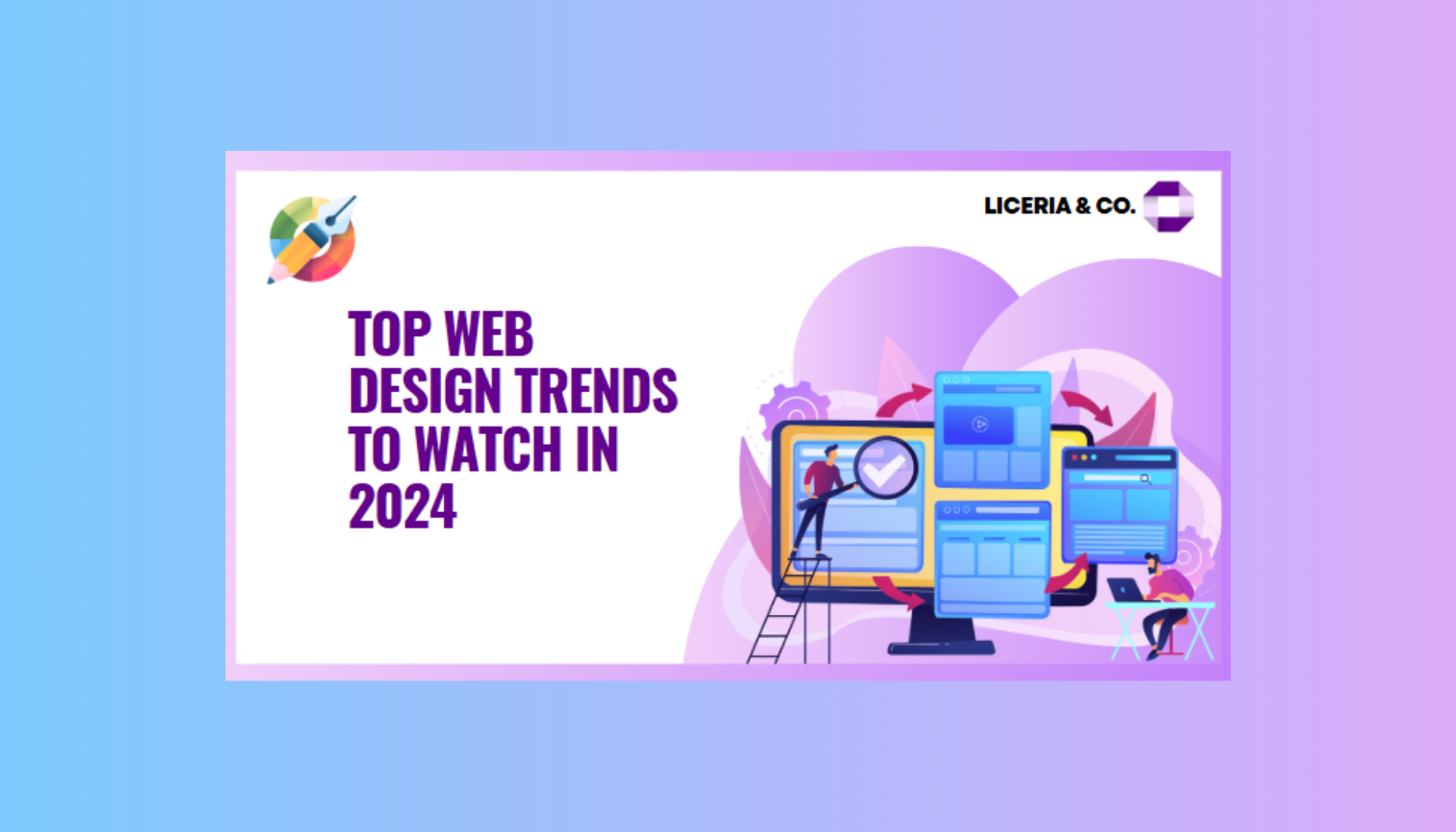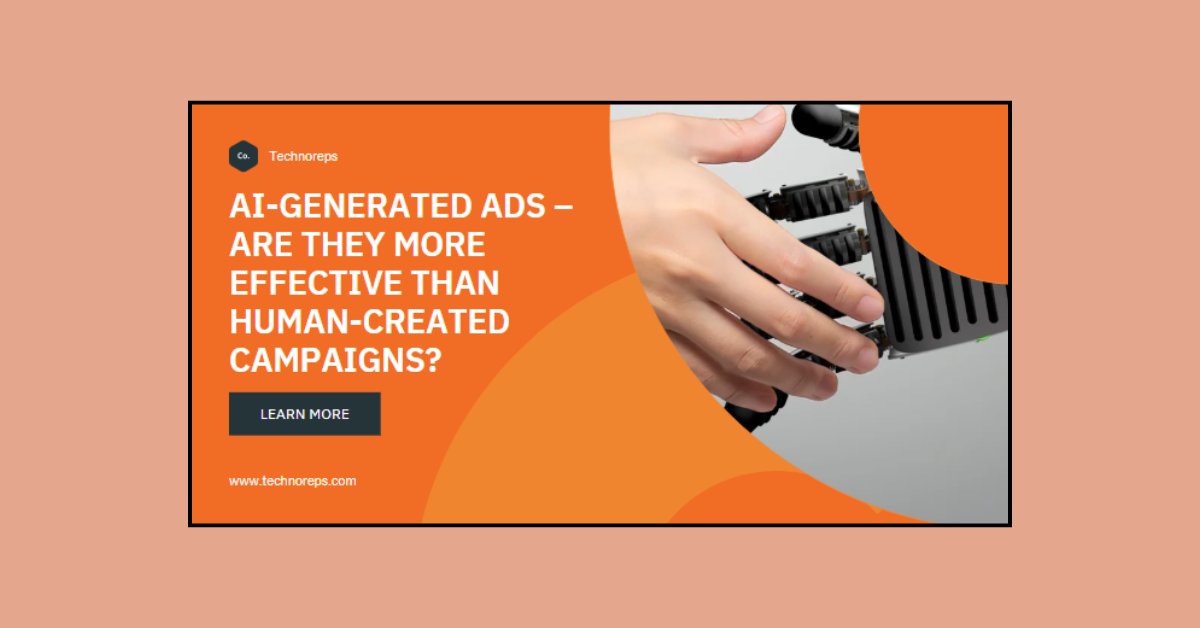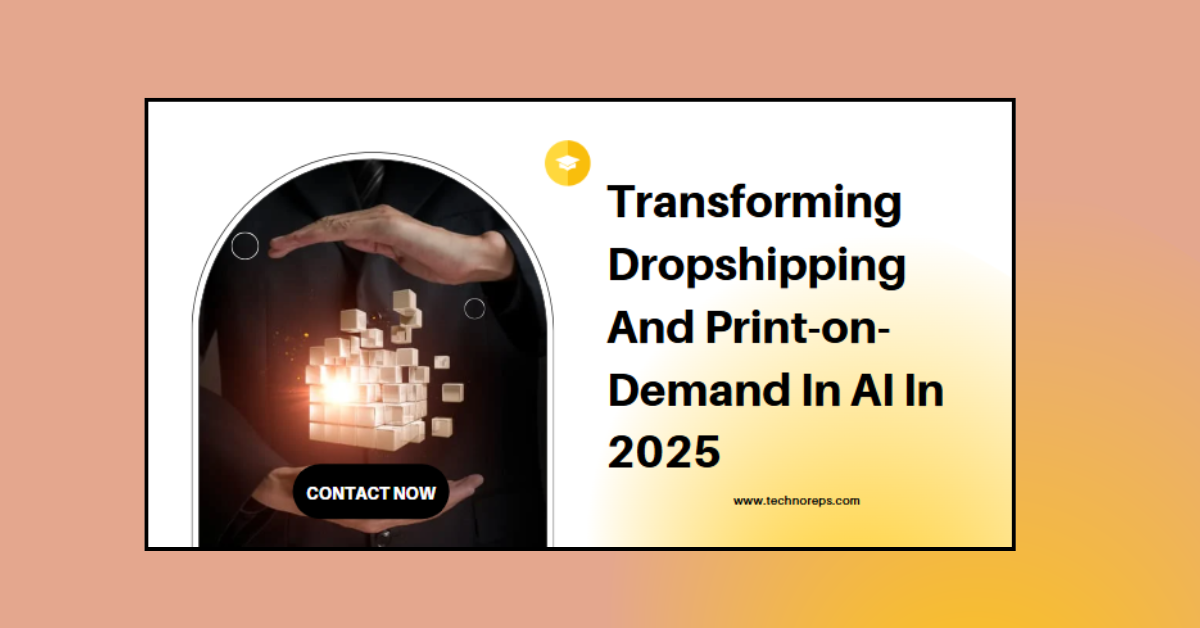The digital landscape continues to evolve, and web design trends are no exception. As we enter 2024, staying ahead of the curve means adapting to the latest design innovations that captivate users and improve functionality. Here’s a comprehensive look at the top web design trends to watch this year.
1. Minimalistic and Clean Designs
Simplicity remains a cornerstone of effective web design. In 2024, minimalistic layouts with ample white space, clean typography, and subtle animations are set to dominate. These designs focus on delivering a seamless user experience while ensuring the core message stands out.
Why It Matters:
- Enhances readability.
- Improves loading speeds.
- Reduces cognitive load for users.
Example: Think of Apple’s website, which epitomizes simplicity and functionality.
2. AI-Driven Personalization
Artificial Intelligence (AI) continues to revolutionize web design. Websites that leverage AI for personalized experiences—like dynamic content suggestions, chatbots, and predictive analytics—are more engaging and user-friendly.
Key Features:
- AI-powered chatbots for real-time support.
- Personalized content based on user behavior.
- Smart search functionality to enhance navigation.
Tip: Use tools like ChatGPT or Dialogflow to integrate AI elements seamlessly.
3. Dark Mode Dominance
Dark mode remains a popular choice among users due to its sleek appearance and reduced strain on the eyes. Many websites now offer an easy toggle between light and dark modes, ensuring accessibility for all preferences.
Benefits:
- Saves device battery life.
- Enhances visibility in low-light environments.
- Creates a modern aesthetic.
Pro Tip: Pair dark mode with vibrant accent colors to highlight key elements.
4. Immersive Scrolling Experiences
Scrolling has transformed from a functional action to a storytelling tool. Parallax effects, 3D visuals, and horizontal scrolling are now being used to create engaging, interactive experiences.
Implementation Ideas:
- Use parallax scrolling to add depth.
- Integrate micro-animations for smoother transitions.
- Design narrative-driven scrolling experiences to guide users through your content.
Caution: Avoid overloading effects that might impact performance.
5. Voice User Interfaces (VUIs)
With the rise of smart devices, voice commands are becoming integral to web design. Websites that support voice searches and commands cater to a growing segment of hands-free users.
Features to Include:
- Voice search optimization.
- Integration with virtual assistants like Alexa or Google Assistant.
- Conversational interfaces for accessibility.
SEO Tip: Optimize for long-tail keywords and natural language queries.
6. Inclusive and Accessible Design
Accessibility is no longer optional—it’s a necessity. Designing websites that cater to users with diverse needs ensures a broader audience and improved user experience.
Best Practices:
- Use high-contrast color schemes.
- Add alt text for images and multimedia.
- Ensure keyboard navigation is fully functional.
Resources: WCAG (Web Content Accessibility Guidelines) provides a comprehensive framework for accessibility compliance.
7. Augmented Reality (AR) Integration
AR is transforming how users interact with websites. From virtual try-ons for e-commerce to interactive maps for travel websites, AR adds a new dimension to web experiences.
Examples:
- Furniture retailers allowing users to visualize products in their homes.
- Real estate websites offering virtual property tours.
Development Tools: Explore platforms like Unity or WebXR for AR implementation.
8. Eco-Friendly Web Design
Sustainability is a growing concern, and eco-friendly web design is gaining traction. This involves creating energy-efficient websites with reduced carbon footprints.
How to Achieve This:
- Optimize images and videos for faster loading.
- Choose green hosting providers.
- Minimize the use of heavy scripts and plugins.
Fact: Websites with fewer resources consume less energy, aligning with environmentally conscious practices.
9. Mobile-First Design
With mobile traffic surpassing desktop usage, designing for mobile-first remains critical. Responsive layouts, touch-friendly navigation, and fast-loading pages ensure an optimal mobile experience.
Tips for Mobile-First Design:
- Prioritize essential content for smaller screens.
- Use scalable vector graphics (SVGs) for better resolution.
- Test on various devices to ensure consistency.
10. Dynamic and Data-Driven Content
Dynamic content adapts based on user preferences, ensuring personalized and relevant experiences. Leveraging data analytics to drive content decisions can significantly enhance engagement.
Strategies:
- Use location-based data for tailored recommendations.
- Update content in real-time based on trends.
Incorporate user feedback to refine content.
Conclusion
Web design trends in 2024 focus on personalization, accessibility, and innovation. Whether it’s through AI integration, immersive scrolling, or eco-friendly practices, staying ahead of these trends ensures your website remains competitive and user-centric. Start implementing these strategies today to create transformative digital experiences that leave a lasting impression.







